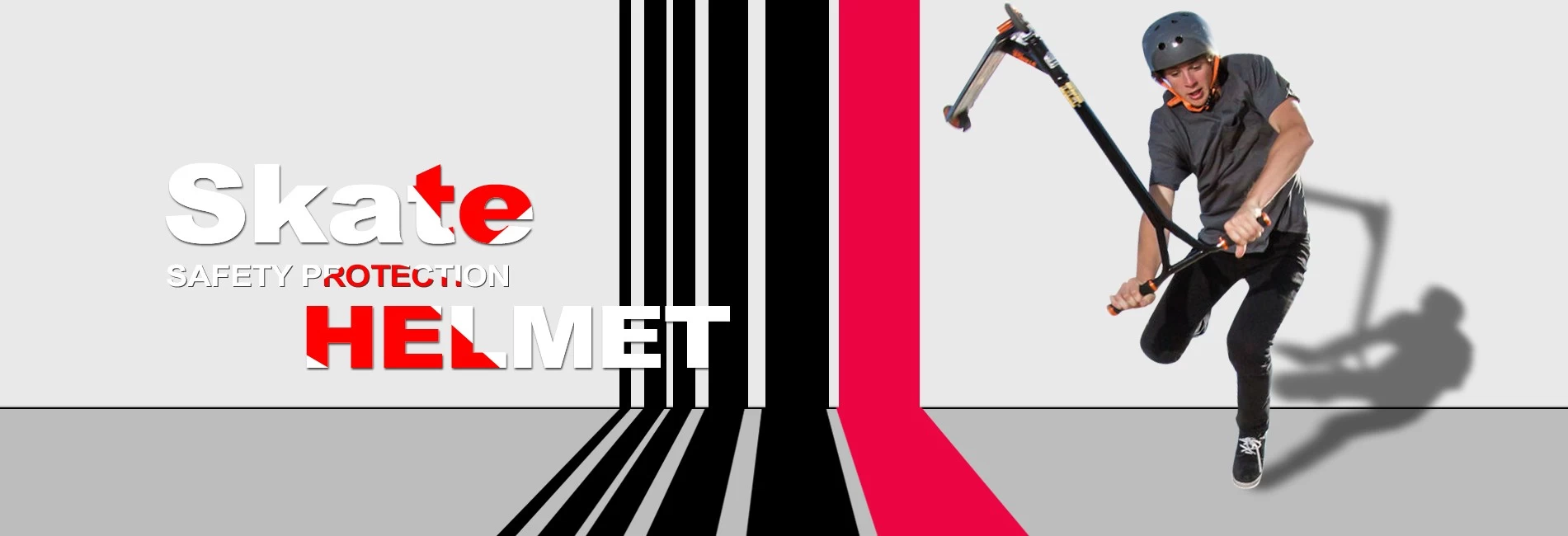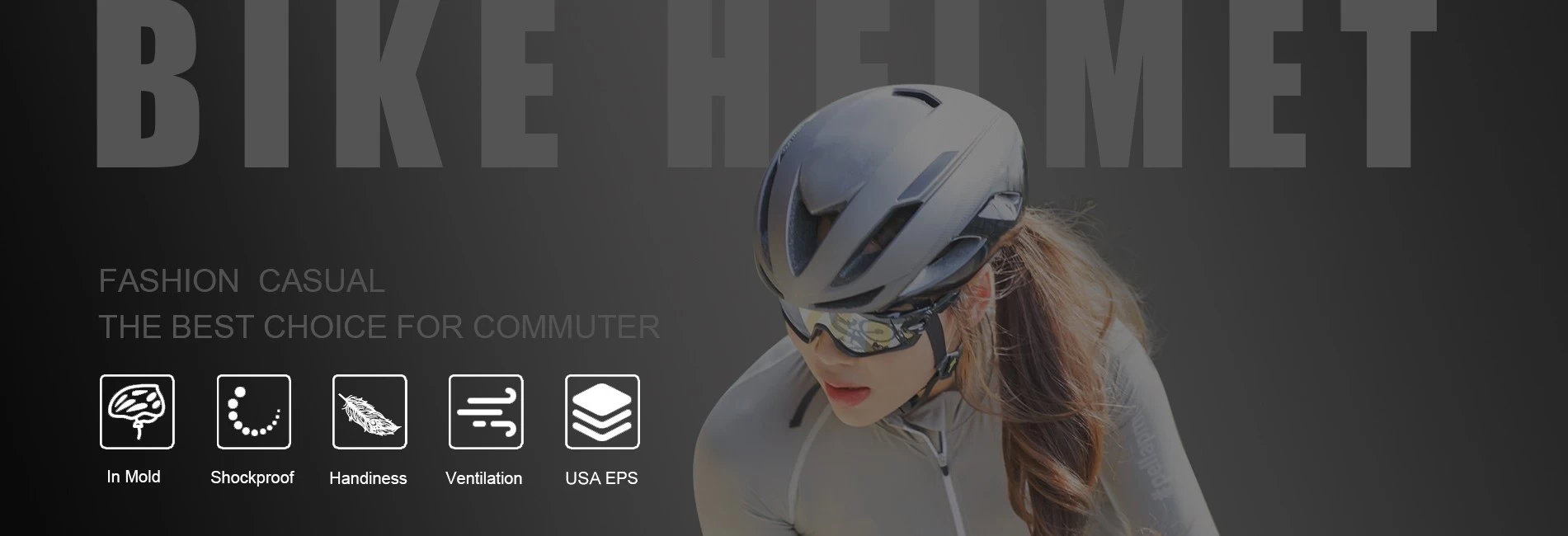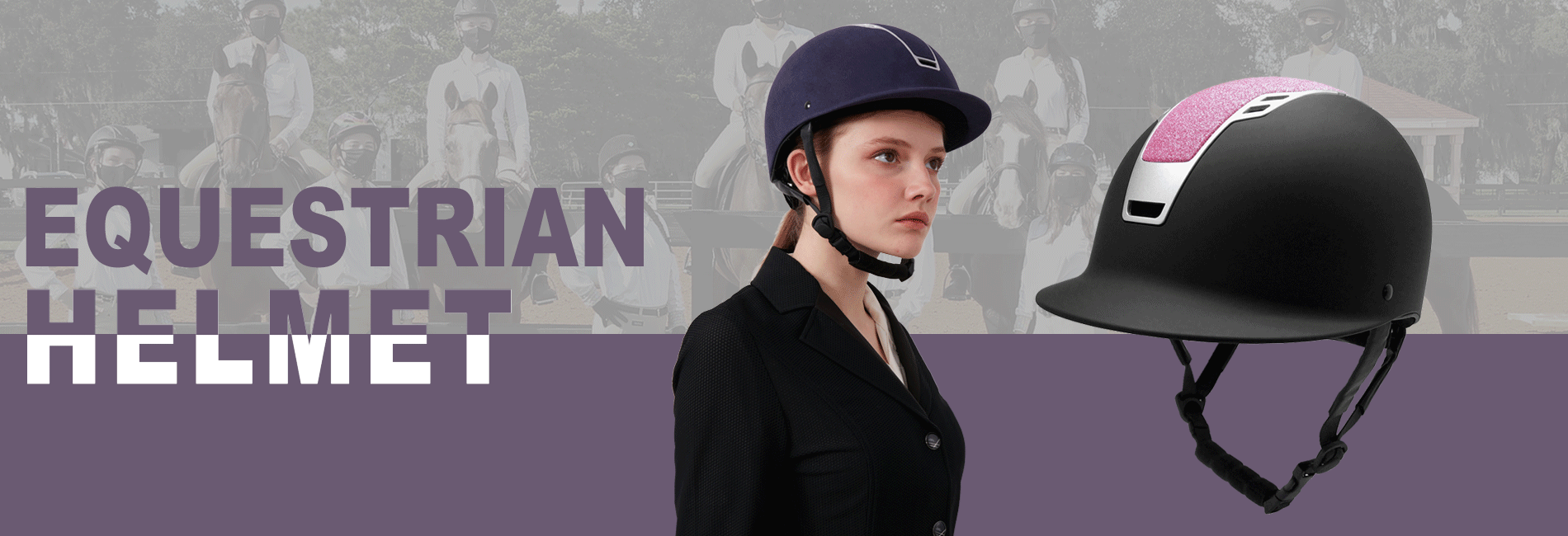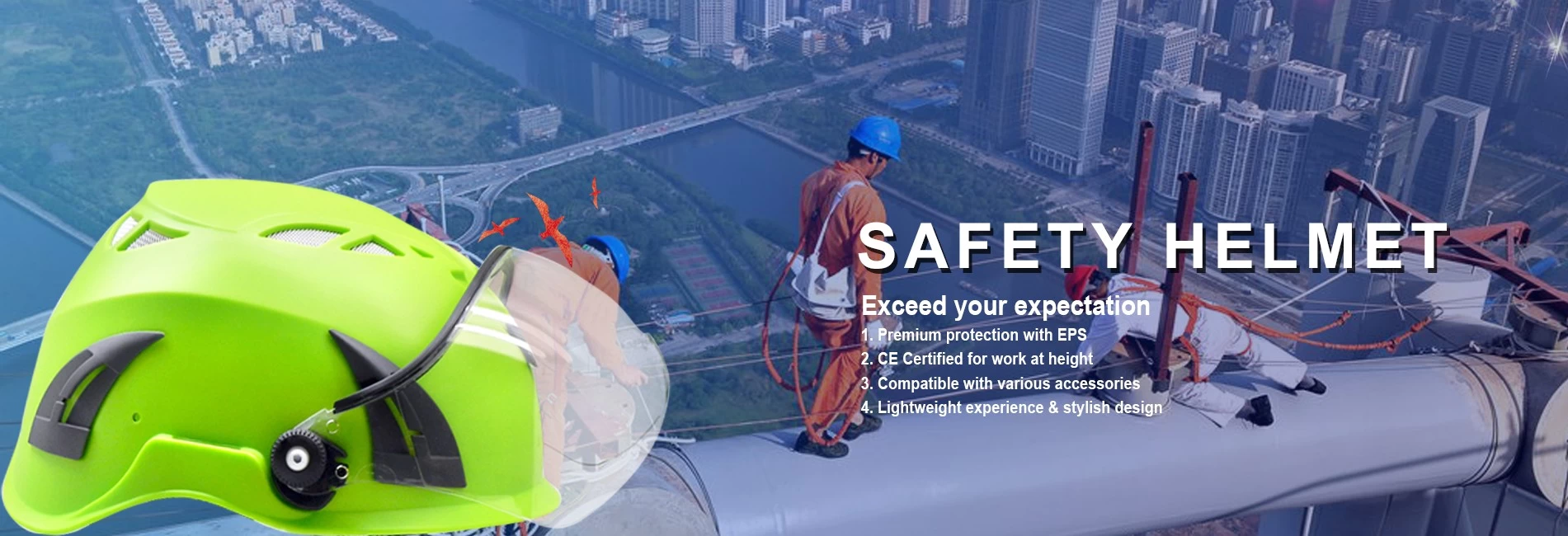The anatomy of a bike helmet
You know it is important to wear a helmet while riding, and many countries set draconian stipulations or laws to regularize people’s behavior. But do you know why it is so important to wear a helmet?Helmets are designed to protect every vulnerable part of your head that could either result to fatality or long-term medical conditions if damaged. Listed below are different sections that play the roles to protect riders.
1. Shell
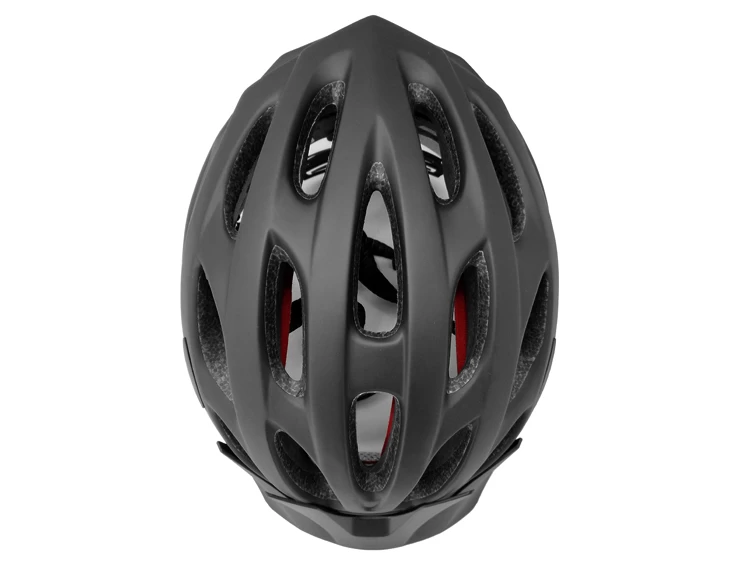
Shell is the hard part also the outermost part which prevent branches or rocks from puncture. It also takes the forces on impact. It is a major factor in your helmet’s weight, shape and price. It can be made from various materials:
• Poly Vinyl Chloride( Known as PVC)
• Polycarbonate (Known as PC)
• Carbon fibre
PC has good transparency and thermal stability. PVC is often used to make engineering profiles and daily life plastic products, excellent plasticity and low price. Carbon fibre is a robust and light weight material, it is also way more pricy than the others.
2. EPS foam
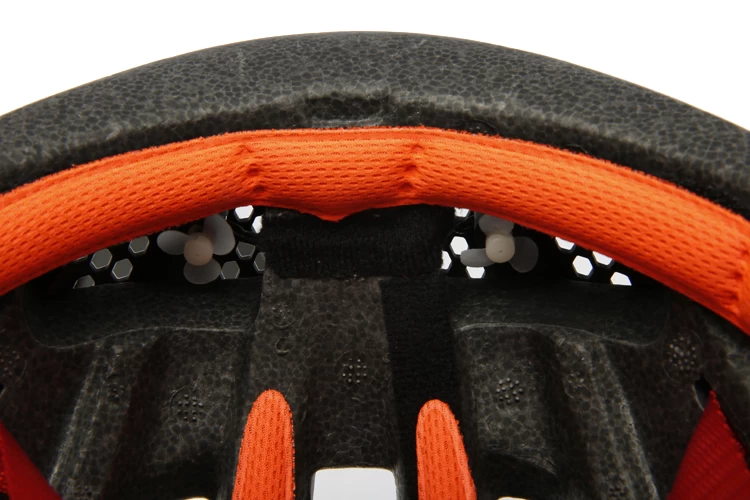
Expanded polystyrene or EPS is a thick, high-density foam that forms the second layer of your helmet. This component is fitted on the inside of the shell. An equally important part of the helmet, it is designed to absorb all kinds of shocks- from minor to dangerous ones. It cushions your head and adds better protection from impact.
3. Inner lining
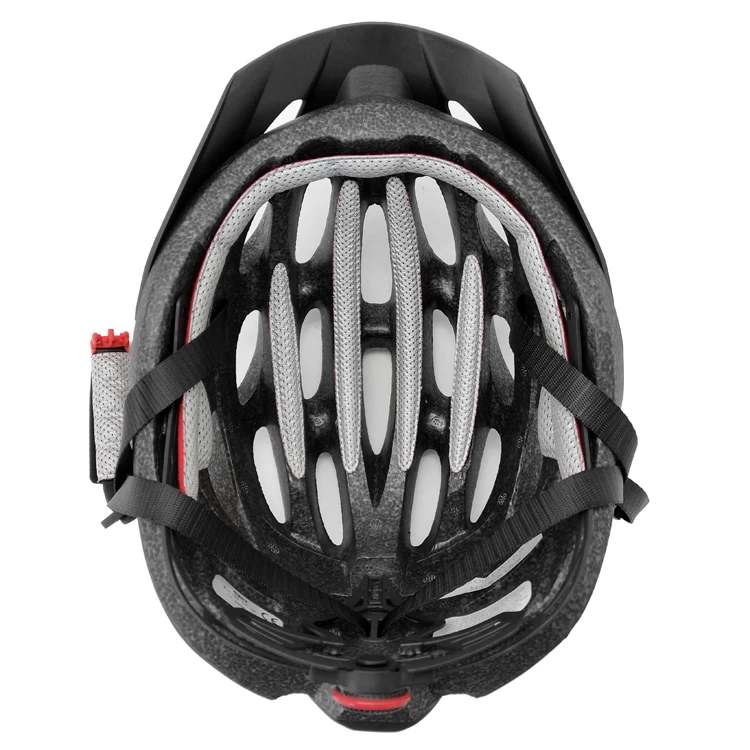
While shells protect your head, soft inner lining give you comfort. A inner lining often is machine- washable which can be washed when it’s dirty or smelling. Some helmets have moisture-wicking liners that keeps you cool, dry and clean.
5. Cheek pads
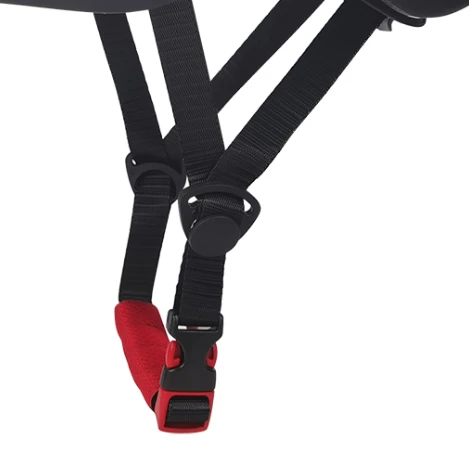
These are usually considered a part of the comfort liner, as they are made of the same material as the liner. They keep the helmet from moving in case of a front or side impact. They also add to the comfort quotient of helmets.
6. Vents

Vents in a helmet allow ventilation while the rider is wearing it. They are typically found on the top of the helmet, over the brow and at the back of the helmet. Most helmets usually include two kinds of vents:
• Forward facing vents- Help bring the air in
• Rear facing or exhaust vents- Push warm air out
Some helmets have adjustable vents or the ones that you close to control the airflow in cold weather, like our ski helmet.



